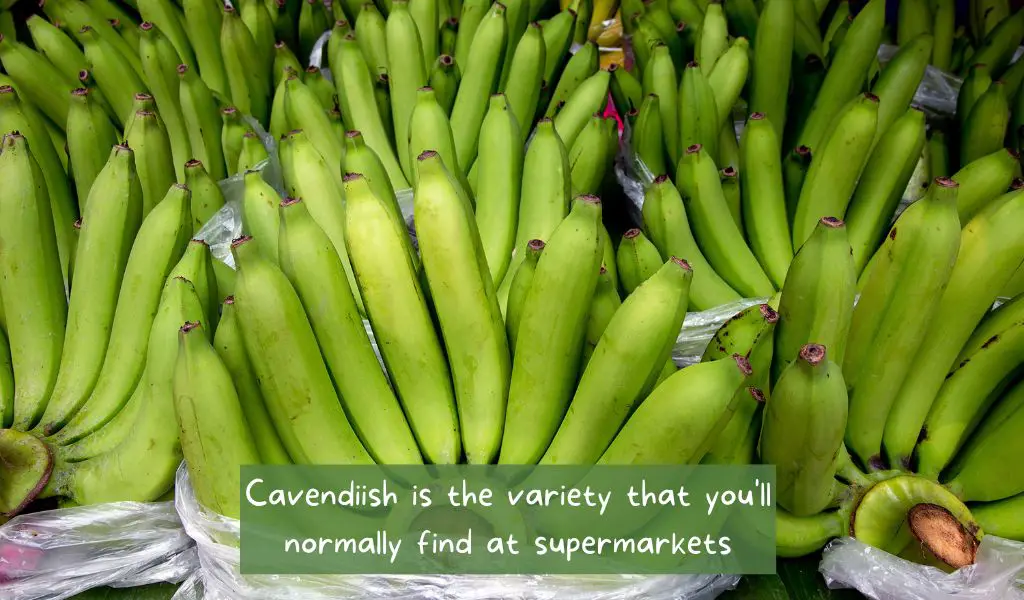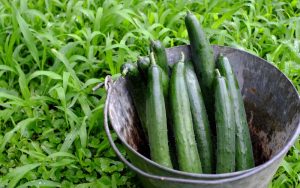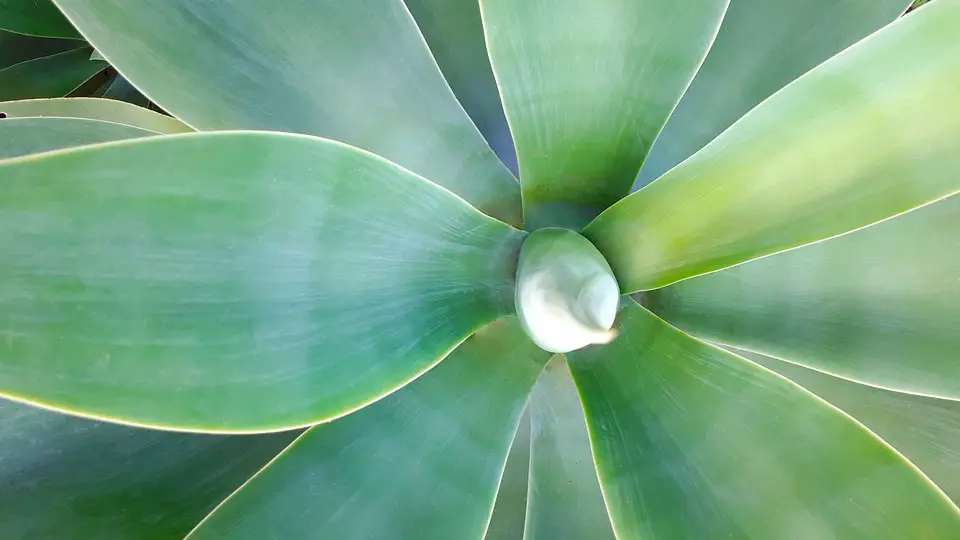Bananas are a delicious and nutritious fruit that is enjoyed by people all over the world.
They are also relatively easy to grow, making them a great choice for those who want to try their hand at gardening.
Here is a step-by-step guide on how to grow your own bananas at home.
Choose the right banana variety
Bananas come in a wide variety of shapes, sizes, and flavors, and not all varieties are suitable for growing in all climates.
When selecting a banana variety to grow, it’s important to consider factors such as the climate in your area, the amount of space you have available, and your personal preferences.
There are many different varieties of banana plants that can be grown at home. Some popular varieties include:
Cavendish: This is the most commonly grown variety of banana and is the one you are most likely to find in supermarkets. Cavendish bananas are known for their sweet taste and are available in a range of sizes and colors.

Plantain: Plantains are a type of banana that is usually cooked rather than eaten raw. They are firmer and less sweet than Cavendish bananas, making them ideal for frying or boiling.
Red bananas: As the name suggests, red bananas have reddish-purple skin and a sweet, fruity flavor. They are smaller and more slender than Cavendish bananas and are often used in smoothies or as a decorative touch on fruit platters.
Musa acuminata: This is a type of wild banana that is native to Southeast Asia. It has a strong, tropical flavor and is often used in traditional dishes in that region.
Musa basjoo: This is a hardy variety of banana that is native to Japan. It can withstand colder temperatures and is often grown as an ornamental plant in colder climates.
It’s worth noting that while these varieties can be grown at home, they may not be suitable for all climates.
Be sure to research the specific needs of the variety you are interested in and choose one that will thrive in your local climate and soil type.
Popular banana varieties



Provide adequate sunlight and water
Bananas are tropical plants that thrive in warm, sunny conditions.
They need at least 6 hours of direct sunlight per day to produce fruit, so it’s important to choose a spot in your garden that gets plenty of sun.
In addition to sunlight, bananas also need plenty of water to grow and produce fruit.
Water your plants regularly, making sure to provide enough moisture to keep the soil evenly moist but not waterlogged.
Fertilize regularly
Like all fruit-bearing plants, bananas need a steady supply of nutrients to grow and produce fruit.
Use a balanced fertilizer, such as a 20-20-20 formula, to provide the necessary nutrients for your plants.
Fertilize your bananas every 2-4 weeks, depending on the age and size of your plants.
Protect your plants from pests and diseases
Bananas are susceptible to a variety of pests and diseases, including nematodes, weevils, and fungus.
To protect your plants, keep an eye out for any signs of infestation or illness, and take action as needed.
This may involve using chemical pesticides or natural remedies, such as neem oil or garlic spray.
Be patient
Growing bananas takes time and patience and it can take anywhere from 6-18 months for a banana plant to produce fruit, depending on the variety and growing conditions.
At a glance the steps to banana growing
Step 1
Choose the right location. Bananas need plenty of sunlight and warmth to grow properly, so it’s important to choose a spot in your yard that gets at least six hours of direct sunlight per day. They also prefer well-draining soil, so if your yard has heavy clay soil, you may want to consider growing your bananas in raised beds or containers.
Step 2
Purchase a banana plant. You can find banana plants for sale at many nurseries or online. There are many different varieties to choose from, so be sure to do some research to find one that is suitable for your climate and soil type.
Step 3
Plant your banana plant. Once you have your banana plant, it’s time to get it in the ground. Dig a hole that is about twice the size of the root ball and mix in some compost or well-rotted manure to give the plant a boost of nutrients. Place the plant in the hole and fill in around it with soil, making sure to tamp it down gently to remove any air pockets.
Step 4
Water and fertilize your plant. Bananas need consistent moisture to grow properly, so be sure to water your plant regularly, especially during dry spells. You can also add a balanced fertilizer to the soil every month or so to give your plant an extra boost of nutrients.
Step 5
Protect your plant from pests and diseases. Bananas are prone to pests and diseases such as banana weevils and black sigatoka, so it’s important to keep an eye on your plant and take steps to prevent these issues. You can do this by removing any dead or infected leaves, applying pesticides if necessary, and keeping the area around your plant free of debris.
Step 6
Harvest your bananas. It will take about a year for your banana plant to produce fruit, and it will continue to produce new bunches of bananas for several years after that. When the bananas are ripe, they will turn yellow and the skin will be easy to peel. Simply cut the bunch from the plant and enjoy your homegrown bananas!
Can you grow bananas from seed?
Yes, it is possible to grow bananas from seed, although it is generally more difficult and time-consuming than growing them from a shoot or a small plant.
Here are the basic steps for growing bananas from seed:
Collect seeds from a ripe banana: Cut a ripe banana open and remove the seeds from the center. You can also purchase banana seeds online or at a nursery.
Clean and dry the seeds: Rinse the seeds thoroughly to remove any remaining fruit flesh, then pat them dry with a paper towel.
Plant the seeds: Plant the seeds in a small container filled with seed-starting mix or potting soil. Keep the soil moist and place the container in a warm, sunny location.
Germinate the seeds: Banana seeds can take anywhere from a few weeks to a few months to germinate, depending on the variety and the growing conditions. Keep the soil moist and be patient – eventually, you should see small shoots emerging from the soil.
Transplant the seedlings: Once the seedlings are large enough to handle, transplant them into larger pots or into the ground. Choose a location with well-draining soil and plenty of sunlight, and water the plants regularly.
Growing bananas from seed can be a rewarding experience, but it can also be quite challenging.
It can take several years for a banana plant grown from seed to produce fruit, and there is no guarantee that it will produce fruit at all.
If you want to try growing bananas from seed, be prepared for a long wait and be prepared for the possibility that your efforts may not be successful.
Final Words
If you have the right climate and are able to provide the correct growing conditions, then you can grow bananas at home.
Unlike other fruits, however, banana growing is a long term project and, in most cases, it can be many years before you see any viable fruits from a home grown banana plant.
That said, being able to grow and harvest your own fresh bananas is a rewarding and great gardening achievement.
Read Next
- 3 Reasons why you shouldn’t plant cucumbers near tomatoes
- 5 Best vegetables to grow for beginners
- 5 Tips for Growing Bananas in Your Backyard
- A Beginner’s Guide to Edible Gardening: Tips and Tricks for Growing Your Own Food
- A grower’s guide to Brazilian spinach
- A Guide to Creating and Maintaining a Thriving Edible Garden










